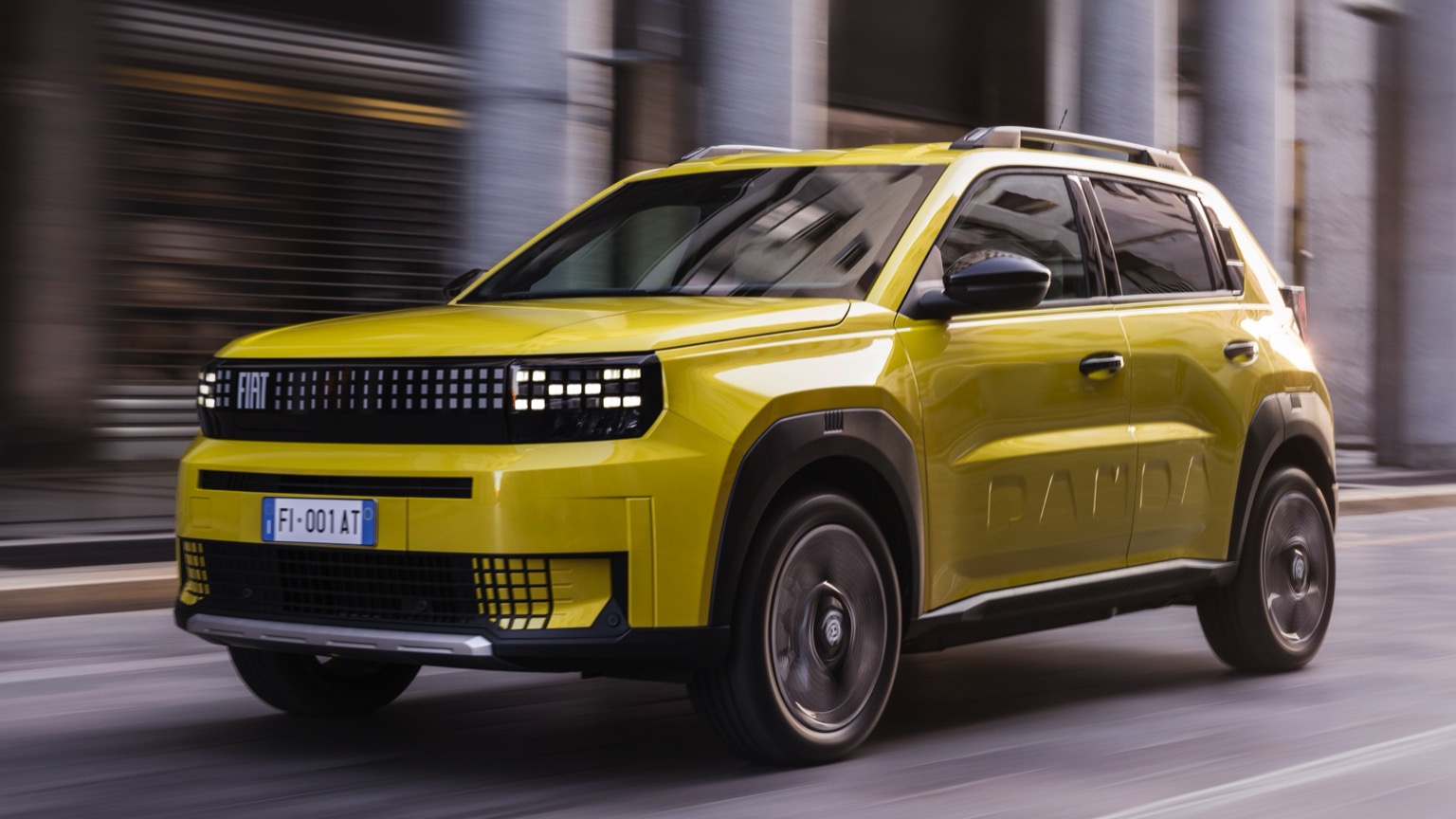GM and Ford both show greater sales growth of EVs in 2024 than Tesla.
Moreover, Ford and GM both reported the highest sales since 2019, the last year before the pandemic.
The unit growth from 2023 to 2024 were all driven by EV sales.
So considering that GM and Ford both talked about delaying the rollout of EVs, it turns out double-digit sales growth of EVs compared to 2023 accounted for most of the unit volume increase year over year, while ICE vehicle sales remained flat or grew very modestly.
Still, the sales numbers are the best in 5 years, again because of EVs.
Tesla’s fourth-quarter sales didn’t live up to lofty expectations. One reason might be improving competition.
Ford Motor and General Motors on Friday reported their year-end U.S. delivery figures. They both turned in a solid year of electric-vehicle sales, growing faster than the overall U.S. EV market.
Ford sold 30,176 all-electric cars in the fourth quarter, up about 16% year over. Mustang Mach-E sales led the way up 36%. F-150 Lightning sales lagged down about 10%.
For the full year, EV came in at 97,865 vehicles, up 35%. Hybrid sales amounted to 187,426 vehicles, up 40%. Total U.S. sales came in at 2.1 million vehicles, up 4% year over year.
Ford stock was up 0.7% in midday trading, while the S&P 500 and Dow Jones Industrial Average were up 0.7% and 0.5%, respectively. GM stock rose shortly after the results were released, and Tesla stock is now up nearly 4%.
GM sold about 44,000 all-electric cars —a quarterly record, and up about 126% year over year. For the year, GM sold about 114,000 EVs, up more than 50% compared with 2023. Total U.S. sales came in at 2.7 million vehicles, up about 4% year over year.
Overall, Americans are on pace to buy about 1.3 million all-electric cars in 2024, up 5% to 10% from 2023. Ford and GM did better than the market. That wasn’t the case for Tesla, though it still dominates U.S. EV sales with about 50% market share. Tesla’s regional numbers aren’t available yet, but through September it sold some 471,000 EVs to Americans, down about 5% year over year.
Moreover, Ford and GM both reported the highest sales since 2019, the last year before the pandemic.
The unit growth from 2023 to 2024 were all driven by EV sales.
GM said sales were driven by increases in all four of its U.S. brands as well as a roughly 50% increase in sales of electric vehicles to more than 114,400 units.
Despite the notable increase in EV sales, the vehicles only made up 4.2% of the automaker’s overall sales. GM estimated it achieved a 12% EV market share in the U.S. during the fourth quarter.
It was a similar trend at Ford, which reported a notable increase in sales of its “electrified” vehicles, including EVs and hybrids.
Ford on Friday reported 2024 sales of 2.08 million vehicles, up from just under 2 million in 2023. In 2019, the automaker sold 2.42 million vehicles in the U.S. For the fourth quarter, Ford reported an 8.8% year-over-year increase in sales to 530,660 vehicles sold.
That automaker said full-year sales of its vehicles with traditional internal combustion engines increased 0.2% compared to 2023, while sales of electrified vehicles increased 38.3% year over year.
Electrified vehicles, including hybrids and EVs, represented 13.7% of Ford’s total annual sales.
So considering that GM and Ford both talked about delaying the rollout of EVs, it turns out double-digit sales growth of EVs compared to 2023 accounted for most of the unit volume increase year over year, while ICE vehicle sales remained flat or grew very modestly.
Still, the sales numbers are the best in 5 years, again because of EVs.

